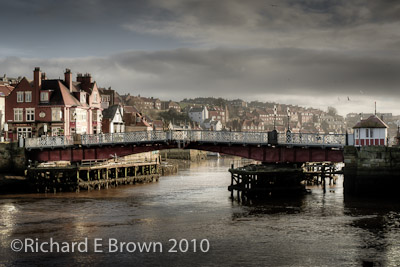Flash!
No not Adobe’s flash, I am not getting into that argument. I have an Apple iPhone and I fully accept its a better phone for not having flash, but then I am also a flash user and on my professional website I use flash for my photographic galleries!
No this post is about Photographic lighting.
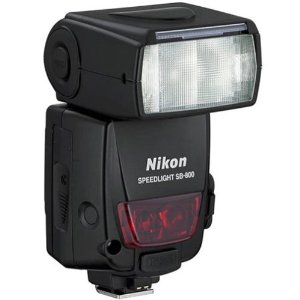
Most photographers are used to the typical hot shoe flash. The hot shoe flash is quite the modern electronic marvel. I have a pair of Nikon SB-800’s and they are great. Full TTL control; if you are scared of flash then just set them and your camera to full auto, and with appropriate flash head positioning you can get great results.
The key is not to use the flash in the camera’s hot shoe but use them off camera. For fill in flash and the odd party I use hot shoe flash with great success.
For studio work, I always use professional mono-block mains powered studio lights. That, with a good soft box produces results that are hard to beat any other way.
I usually hire a local studio with Elinchrom RX lights, and find I get good results far easier then with small hot shoe flashes.
Many photographers are intimidated by studio lighting. It seems hard work. The camera has to be set to manual. You have to use a flash meter to calculate your exposure. Then there are all the complicated accessories, softboxes, brollies, snoots, barn doors and honeycomb grids, to name just a few, to modify the light.
I have now started to think about getting some studio flash myself. The very high end stuff is out of the question, far too expensive for the few times each month I would use it. But it needs to be of good quality, robust for travel, have stable colour temperature and high speed flash duration to freeze action.
In the UK that leaves you with just Bowen’s and Elinchrom. If your in the USA then Elinchrom and brands such as Alien Bee’s are popular.
I have spent quite some time now researching the brands and am still no nearer choosing what I want.
Bowen’s lower end models work with battery packs, so are easy to use away from mains power, there are a large array of accessories available, and you get good reports about customer service. They are also a UK brand, and even the lower end models are very well built.
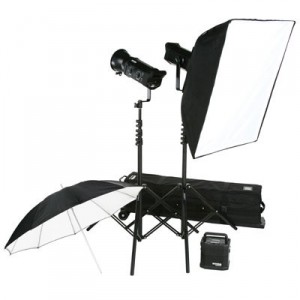
Elinchrom are what I am used to. The Rotolux softboxes are the best, and the skyport remote system is excellent. Most Pro’s I know use Elinchrom.
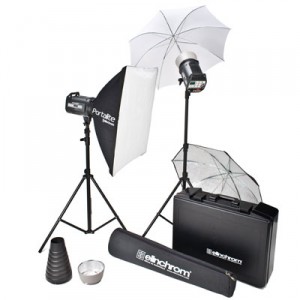
Once the brand is picked, where do you enter the system, go for the bottom of the range, cheap but will they take the abuse of travel.
I have to admit, after a lot of research, all I have managed to do is confuse myself more, and I am still none the wiser.
Checking out the forums has not helped, its nearly as bad as the Nikon and Canon arguments.
Any advice gratefully received.
 This on top of a light-stand enables you to attach a normal camera flash gun. It also allows you to attach a standard brolly. With this simple setup you can get studio quality light with very little cost. It certainly does not have the power of studio flash but can produce great results.
This on top of a light-stand enables you to attach a normal camera flash gun. It also allows you to attach a standard brolly. With this simple setup you can get studio quality light with very little cost. It certainly does not have the power of studio flash but can produce great results.
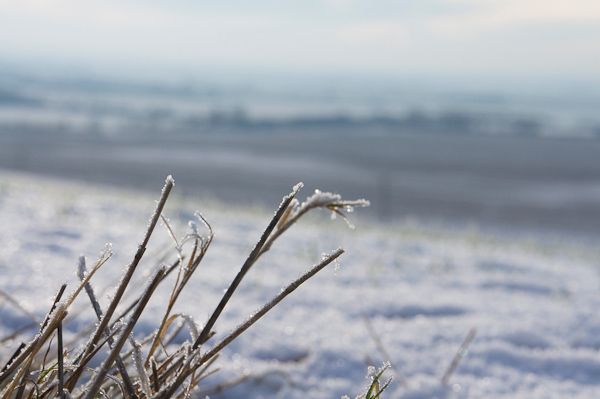

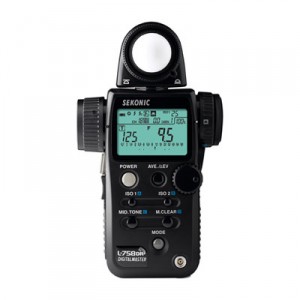
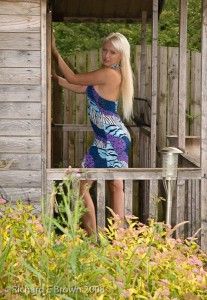 Daylight and Fill in Flash – Model in the summer house
Daylight and Fill in Flash – Model in the summer house